The mysteries of what happens after death have led to rich mythologies, each offering unique perspectives on the fate of the soul, the realms beyond, and the gods and beings that govern these otherworldly domains. From the elaborate tombs of ancient Egypt to the reincarnation beliefs of Hinduism, the afterlife is a central theme that reflects the hopes, fears, and moral values of different civilizations. In this blog “The Afterlife in Different Mythologies” we journey through the afterlives of ancient Egyptian, Greek, Norse, Hindu, Christian, Islamic, and Chinese mythologies.
Ancient Egyptian Mythology
In ancient Egyptian mythology, the afterlife was a significant and complex concept that permeated their culture and religion. The Egyptians believed that life continued after death in a realm known as the Duat, or the underworld. This belief was rooted in the notion that death was merely a transition to another phase of existence, where the soul would embark on a perilous journey to reach the afterlife.
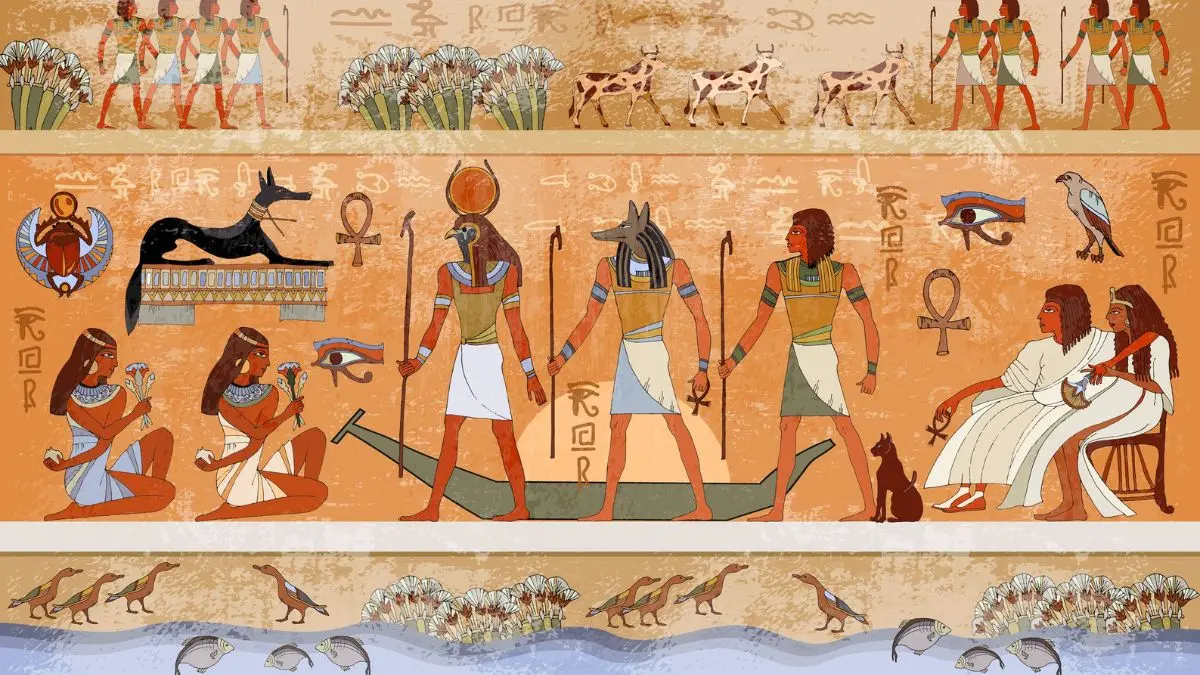
The Role of Gods like Osiris and Anubis
Osiris, the god of the afterlife, resurrection, and fertility, played a pivotal role in Egyptian afterlife beliefs. He was considered the ruler of the underworld and the judge of the dead. Anubis, the jackal-headed god, was the protector of graves and the guide of souls in the afterlife. He was responsible for embalming the dead and overseeing the mummification process, ensuring that the deceased was prepared for their journey.
Greek Mythology
In Greek mythology, the afterlife is predominantly depicted through the concept of the underworld, a shadowy realm ruled by Hades, the god of the dead. The underworld, also known as Hades after its ruler, is a vast and complex domain where the souls of the deceased reside. Unlike the vibrant and varied landscapes of the living world, the underworld is often described as a dark and somber place, reflecting the ancient Greeks’ somber views on death and the afterlife.
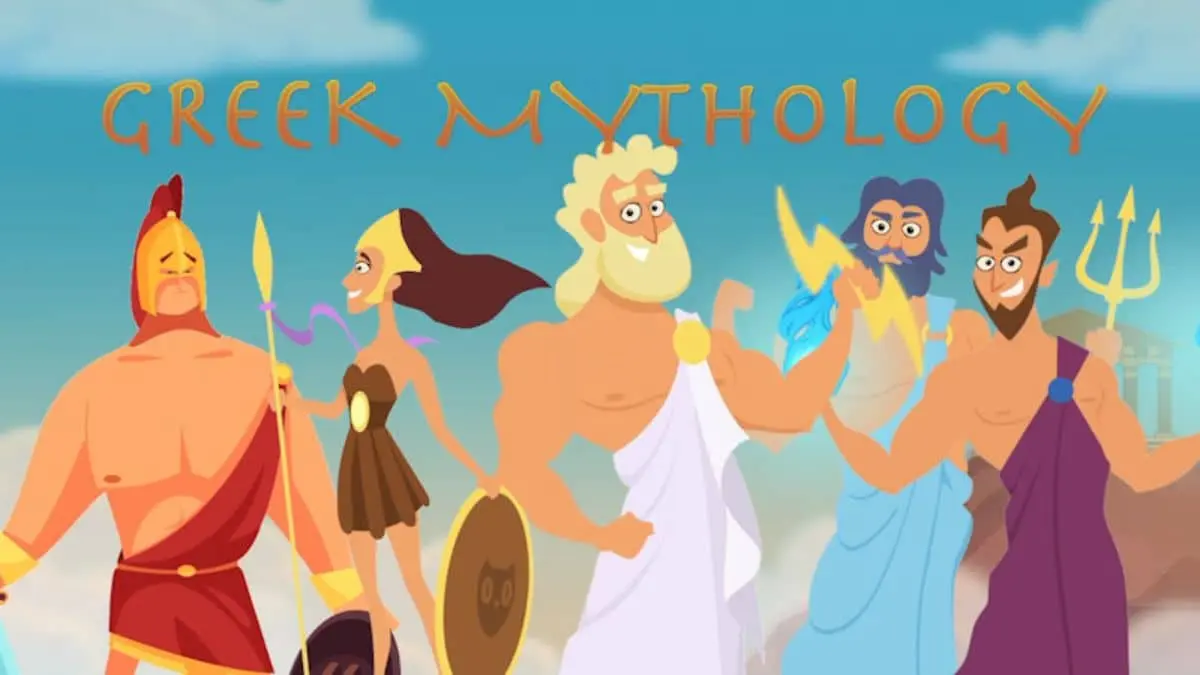
Description of the River Styx and Charon the Ferryman
One of the most iconic elements of the Greek afterlife is the River Styx, a mystical river that forms the boundary between the world of the living and the dead. Souls of the deceased must cross this river to enter the underworld. Charon, the ferryman, is tasked with transporting these souls across the Styx. To pay Charon for his services, the dead are traditionally buried with a coin, usually placed in their mouth or on their eyes. Without this payment, souls are doomed to wander the banks of the Styx for eternity.
Norse Mythology
In Norse mythology, the afterlife is a multifaceted realm with different destinations for the souls of the dead, based on their actions and deeds in life. One of the most renowned aspects of the Norse afterlife is Valhalla, the hall of the slain, overseen by Odin, the Allfather. Valhalla is a majestic hall located in Asgard, where warriors who have died bravely in battle, known as the Einherjar, are welcomed to spend their afterlife.
In Valhalla, these honored warriors are treated to endless feasts and drink, and they engage in daily battles to hone their skills, only to be resurrected each evening to feast and celebrate again. This cycle prepares them to fight alongside the gods during Ragnarok, the prophesied end of the world.
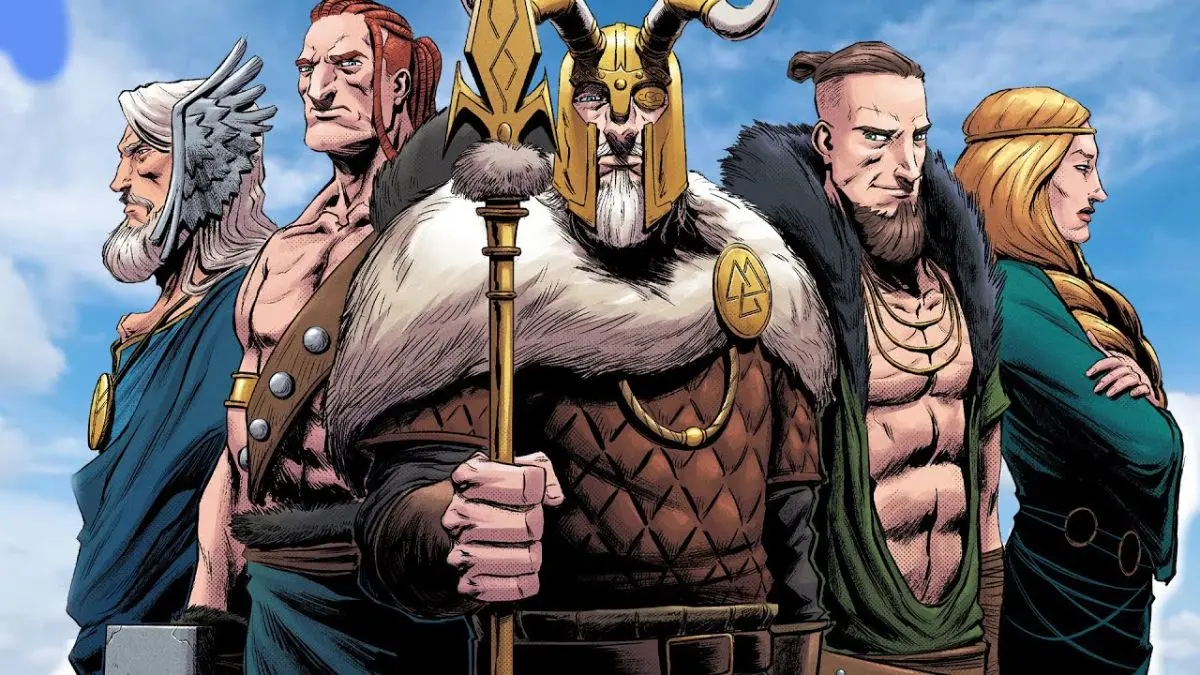
The Role of Odin and the Valkyries
Odin, the chief of the Aesir gods, plays a crucial role in the Norse conception of the afterlife. As the god of war and death, Odin selects the bravest warriors to join him in Valhalla. He sends his Valkyries, fierce warrior maidens, to the battlefields to choose those who will die and bring their souls to Valhalla. These Valkyries are depicted as beautiful and powerful beings who ride through the skies on their steeds, ensuring that the worthy are honored in the afterlife.
Hindu Mythology
In Hindu mythology, the afterlife is deeply intertwined with the concepts of reincarnation and karma. Hindus believe in a continuous cycle of birth, death, and rebirth known as samsara. The actions and deeds (karma) performed in one’s life determine the conditions of the next life. Good karma leads to a favorable rebirth, while bad karma results in a less desirable one. This cycle continues until the soul achieves liberation.
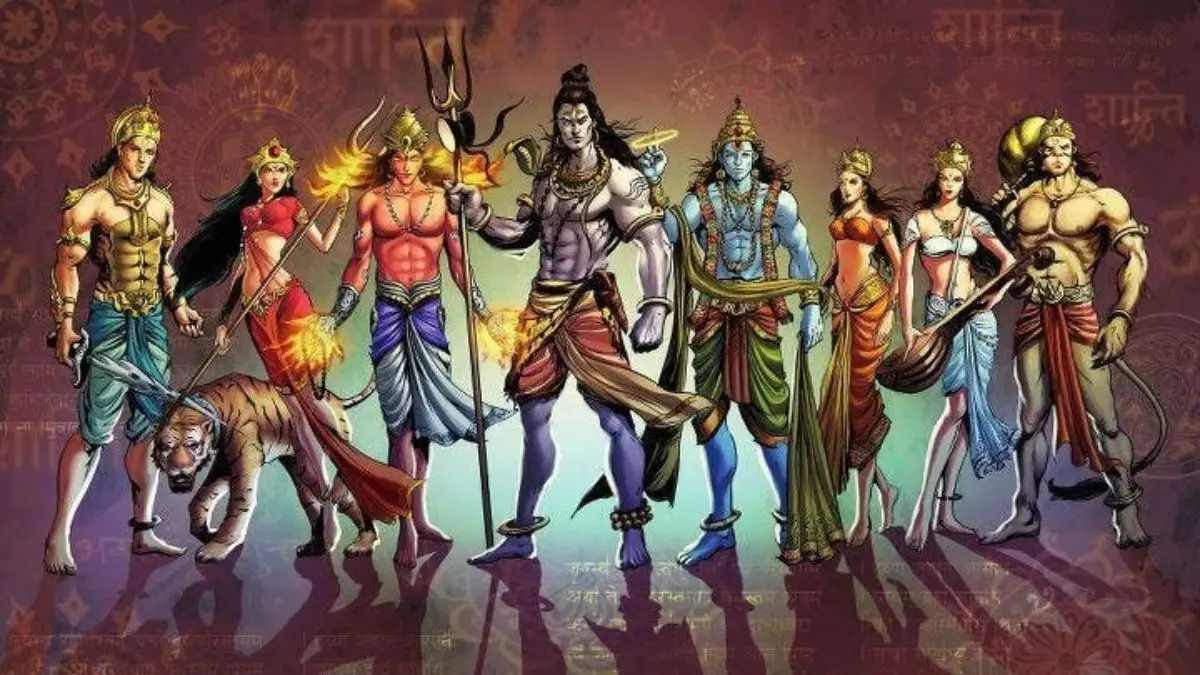
The Cycle of Birth, Death, and Rebirth (Samsara)
Samsara is the cyclical process of life, death, and rebirth that every soul undergoes. Each individual’s soul, or atman, passes through numerous lifetimes, experiencing different forms of existence. The quality of each subsequent life is determined by the cumulative karma accrued in previous lives. This cycle is seen as both an opportunity for growth and a potential source of suffering, depending on one’s actions.
The Concept of Moksha (Liberation from the Cycle)
Moksha is the ultimate goal in Hinduism, representing liberation from the cycle of samsara. Achieving moksha means the soul is freed from the endless cycle of rebirth and attains union with Brahman, the supreme reality. This state is characterized by eternal bliss and enlightenment, where the soul transcends all earthly limitations and experiences oneness with the divine. Moksha can be attained through various paths, including devotion (bhakti), knowledge (jnana), and righteous living (karma).
Christian Mythology
In Christian mythology, the afterlife is characterized by two primary destinations for the soul: Heaven and Hell. These realms are viewed as the ultimate rewards or punishments for one’s actions and beliefs during their earthly life. Heaven is depicted as a place of eternal peace, joy, and communion with God, while Hell is portrayed as a place of eternal suffering, separation from God, and punishment for sin.
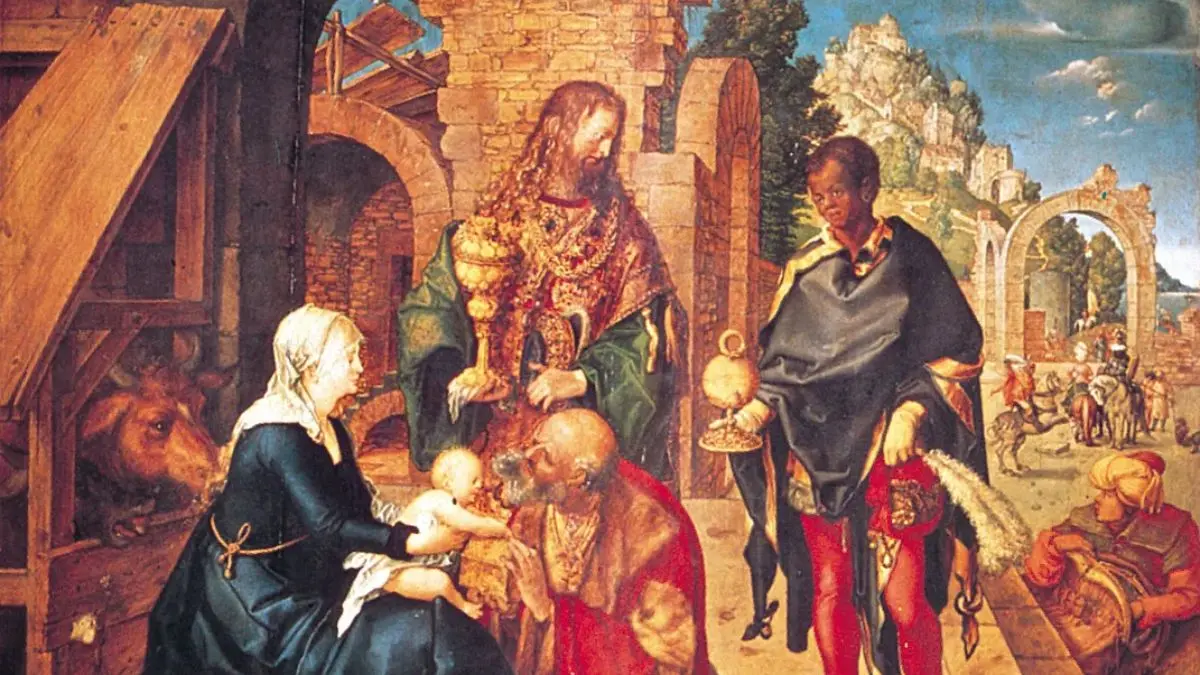
The Last Judgment and Resurrection
Central to Christian eschatology is the belief in the Last Judgment, a future event when Jesus Christ will return to judge all humanity. At this time, the dead will be resurrected, and their souls will be reunited with their bodies. The righteous, those who have lived according to God’s will and accepted Jesus as their Savior, will be granted eternal life in Heaven. The unrighteous, those who have rejected God and lived in sin, will be condemned to Hell.
Islamic Mythology
In Islamic mythology, the afterlife is a fundamental aspect of faith, with clear depictions of Jannah (Paradise) and Jahannam (Hell) as the ultimate destinations for souls based on their earthly deeds. Jannah is described as a place of eternal peace, pleasure, and closeness to Allah, while Jahannam is portrayed as a place of severe punishment and suffering for those who rejected faith and committed sins.
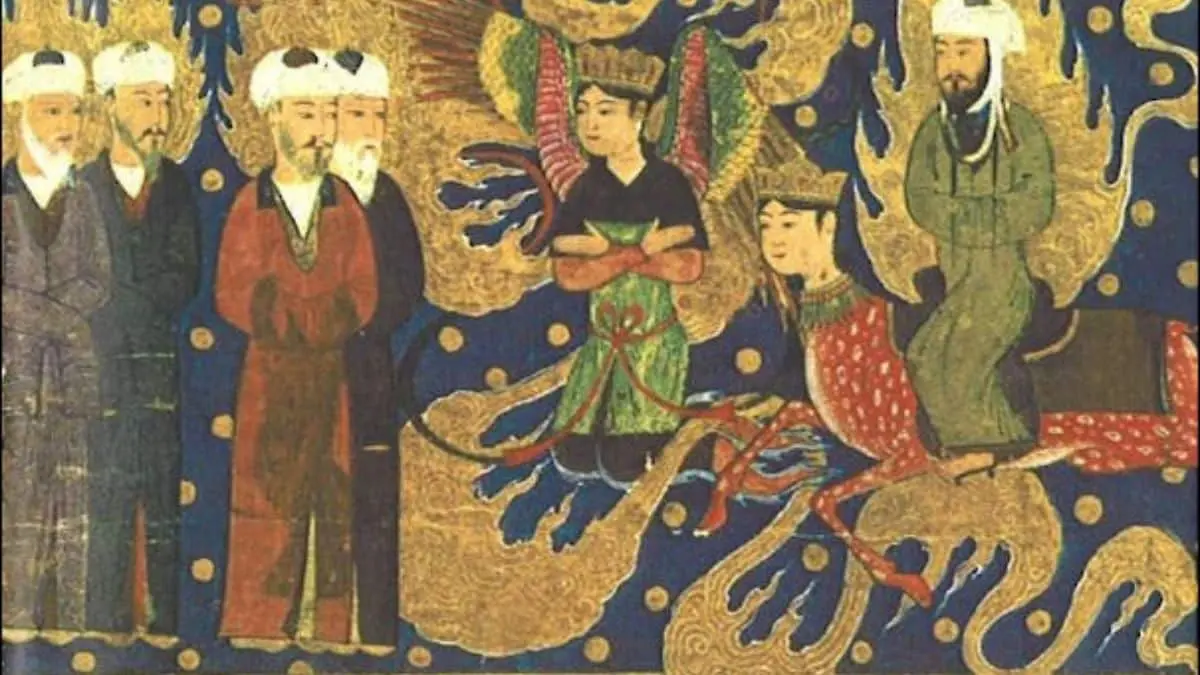
The Day of Judgment and the Resurrection of the Dead
The Day of Judgment, known as Yawm al-Qiyamah, is a central belief in Islam. On this day, all humans will be resurrected and judged by Allah based on their actions and intentions during their lifetime. The Qur’an and Hadith provide vivid descriptions of this day, where the righteous will be rewarded with eternal bliss in Jannah, and the wicked will be condemned to the torments of Jahannam. The scales of justice will be used to weigh each person’s deeds, and their ultimate fate will be determined.
Chinese Mythology
In Chinese mythology, the afterlife is shaped by the influences of Taoism, Buddhism, and traditional Chinese beliefs. Each tradition offers unique perspectives on the journey of the soul and the realms beyond death. Taoism emphasizes harmony with the Tao and the natural world, while Buddhism introduces concepts of karma and reincarnation. Together, these beliefs form an afterlife mythology in Chinese culture.
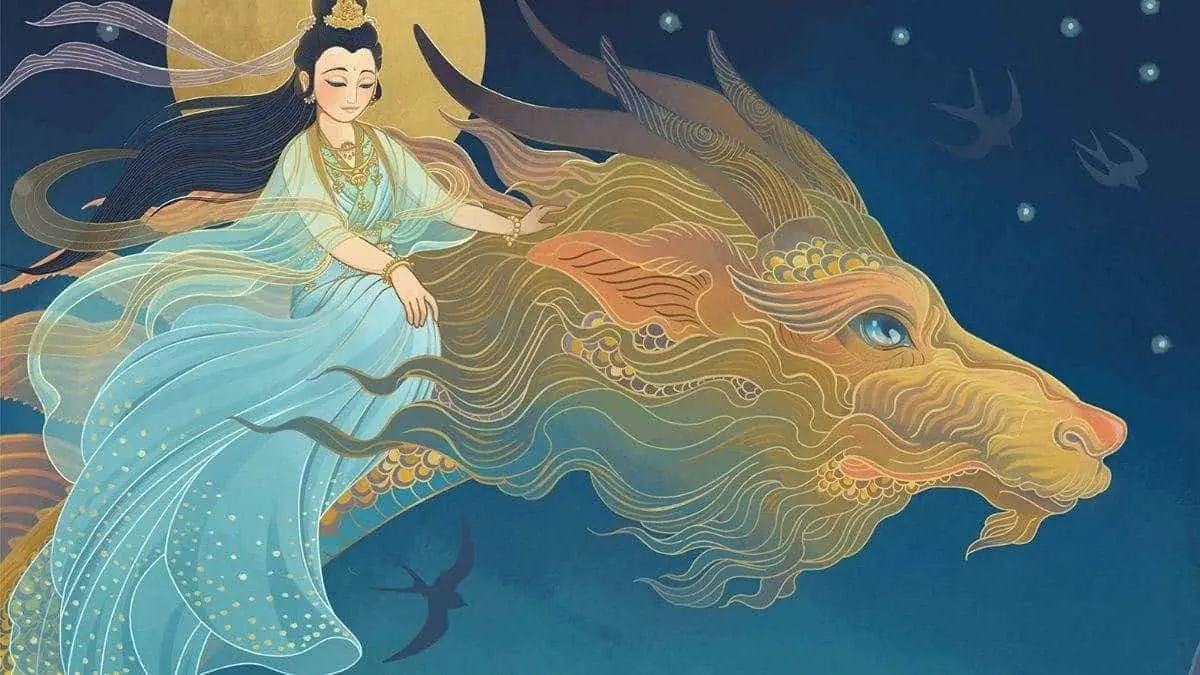
The Jade Emperor and the Ten Courts of Hell
In traditional Chinese beliefs, the Jade Emperor, also known as Yu Huang, is the ruler of Heaven and the supreme deity who oversees the cosmos, including the afterlife. The Jade Emperor is responsible for maintaining order and balance in the universe, including the realms where souls reside after death.
The Ten Courts of Hell, presided over by the Yan Wang (the ten kings of Hell), are a central feature of the Chinese afterlife. Each court is responsible for judging and punishing souls based on their earthly deeds. The punishments are tailored to the sins committed and serve as a form of purification before the soul can move on to its next existence. This system of judgment and retribution reflects the importance of moral conduct and justice in Chinese culture.
Also Read: EROS | THE GREEK GOD OF LOVE, LUST, DESIRE AND SEX



